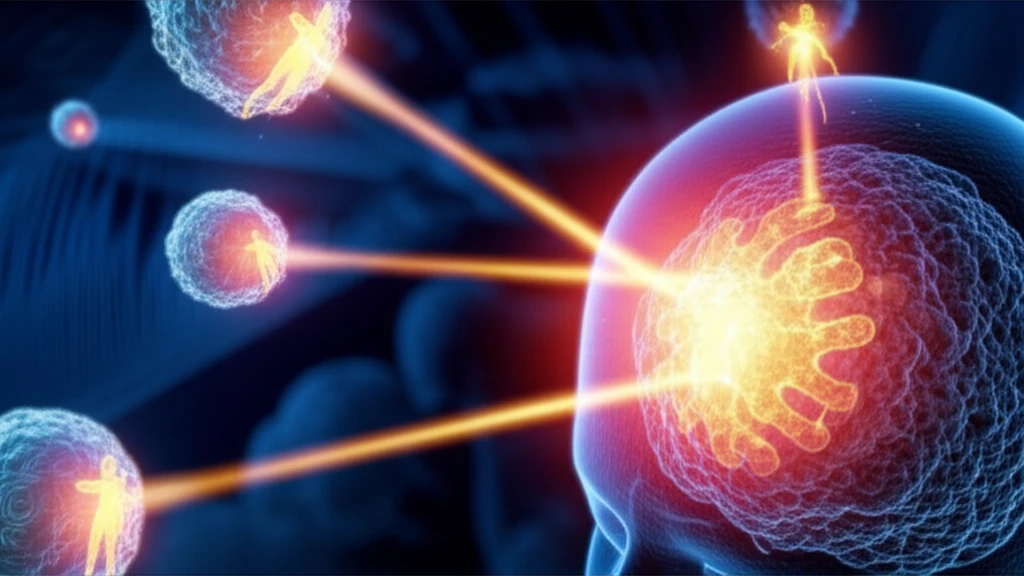
Can Vosaroxin Supercharge Radiation Therapy for Brain Cancer?
"New research highlights how combining vosaroxin with radiotherapy could offer a more effective strategy against aggressive glioblastoma tumors."
Glioblastoma multiforme (GBM), an aggressive form of brain cancer, presents formidable treatment challenges due to its invasive nature and resistance to conventional therapies. The current standard of care often falls short, underscoring the urgent need for innovative approaches.
Researchers have been exploring novel strategies to combat GBM, including the use of vosaroxin, a unique anticancer quinolone derivative. Vosaroxin functions by intercalating DNA and inhibiting topoisomerase II, an enzyme crucial for DNA replication and repair. This mechanism suggests that vosaroxin could be particularly effective when combined with radiotherapy (RT).
A study investigated the potential of vosaroxin to enhance the effects of radiation therapy in preclinical GBM models. This article explores how vosaroxin, both alone and in combination with RT, impacts GBM cells, offering new insights into potential treatment strategies.
Vosaroxin: A Powerful Radiosensitizer

The study revealed that vosaroxin exhibits significant antitumor activity against GBM cells. In clonogenic survival assays, vosaroxin demonstrated an IC50 (the concentration required to inhibit cell growth by 50%) in the range of 10–100 nM, highlighting its potency. More importantly, it acted as a radiosensitizer, meaning it enhanced the effectiveness of radiation therapy.
- Increased Cell Death: The combination of vosaroxin and RT triggered rapid and extensive cell death characterized by necrosis (uncontrolled cell death).
- Reduced Autophagy: Vosaroxin inhibited RT-induced autophagy, a process where cells recycle their components to survive under stress. By blocking autophagy, vosaroxin pushed more cells toward necrosis.
- Immune Recruitment: The treatment promoted the recruitment of immune cells, including granulocytes and monocytes, suggesting an enhanced immune response against the tumor.
A Promising Future for Vosaroxin in GBM Therapy
This research provides compelling evidence for vosaroxin as a potent radiosensitizer in GBM treatment. Its ability to enhance the effects of radiation therapy, overcome resistance mechanisms, and promote immune recruitment suggests a promising new avenue for improving patient outcomes.
While these preclinical findings are encouraging, further clinical trials are necessary to confirm the safety and efficacy of vosaroxin in human GBM patients. These studies will help determine the optimal dosage, treatment schedule, and potential side effects of this novel combination therapy.
Vosaroxin holds significant promise as a valuable addition to the GBM treatment landscape, potentially offering new hope for those battling this devastating disease. As research continues, the focus remains on translating these findings into tangible benefits for patients.
